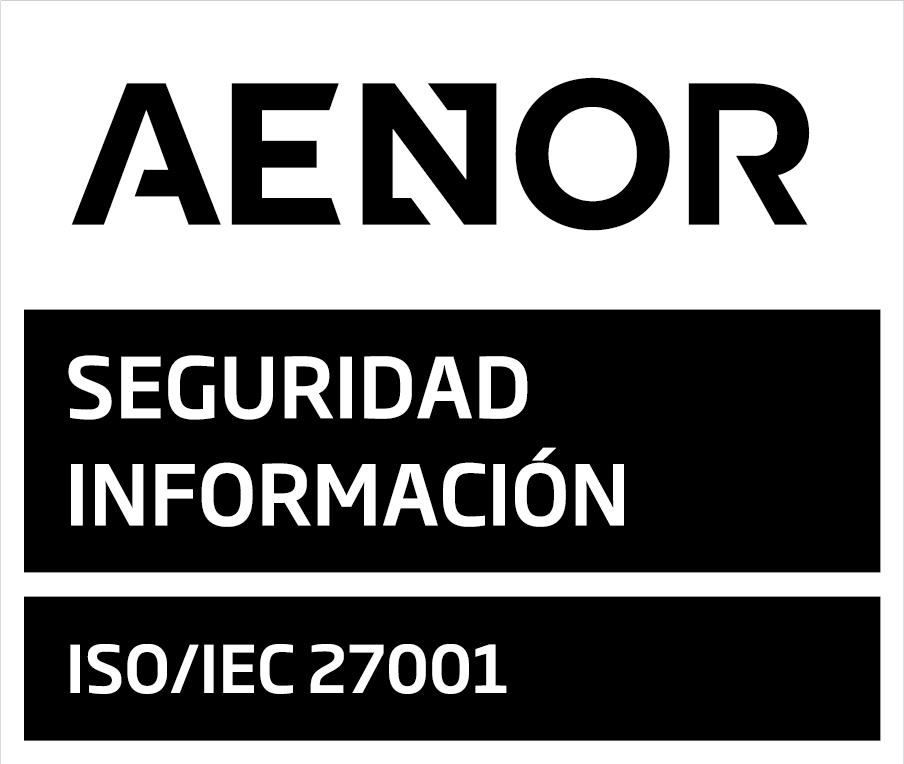9 Things You’re Doing Wrong When It Comes to AI Adoption
December 1st 2023

Ever wondered why AI projects have varied fates? Discover that the secret isn’t always in the algorithms but in the approach.
Keep reading to find out the critical aspects of AI adoption that you’re overlooking.
Artificial intelligence is a landscape of contrasts – towering successes stand alongside unspoken failures. In our quest for AI adoption, the lessons from these failures are not just footnotes; they are beacons guiding us to rethink our approach to AI. This blog isn’t your typical educational piece; it’s a thought-provoking journey, challenging you to view AI projects through a lens of strategic introspection and innovative problem-solving.
1. Misaligned Goals and Unrealistic Expectations
Have you ever noticed how businesses eagerly dive into AI, enticed by its dazzling potential, yet often overlook aligning it with their actual needs? It’s a classic scenario where enthusiasm trumps strategy. For AI adoption to truly make an impact, it’s crucial to start with a clear, well-defined vision. It’s like having a roadmap in an unfamiliar city. For instance, if enhancing customer service is your endgame, using AI for tailored recommendations could be a game changer. This isn’t just about deploying cutting-edge technology; it’s about integrating AI in a way that complements and elevates your business objectives, making it not just technologically advanced, but also intimately aligned with enhancing user experience and operational efficiency.
2. Data Quality: The Heartbeat of AI
Here’s where many stumble: feeding AI with subpar data. Imagine trying to navigate a ship with an inaccurate map; that’s what poor data does to AI. Quality and quantity of data are the pillars upon which successful AI models stand. It’s akin to an artist needing a palette of diverse colors to create a true masterpiece. For example, in developing an AI system for traffic management, it’s critical to train it with data that encapsulates various traffic patterns, weather conditions, and times of day. This ensures that the AI system is not just a theoretical model but a practical solution attuned to real-world complexities. It’s not just about collecting data; it’s about curating a dataset that mirrors the rich tapestry of real-life scenarios the AI will encounter.
3. Lack of Expertise and Vision
AI isn’t just a technological marvel; it’s a symphony of skill and foresight. Many AI endeavors falter because they lack a harmonious blend of domain expertise, technical prowess, and strategic vision. It’s like trying to conduct an orchestra with only a vague idea of music. In the realm of finance, for instance, an AI system requires more than just algorithmic brilliance. It demands a deep understanding of financial markets, regulatory landscapes, and economic trends. A team equipped with diverse skills, from data scientists to market analysts, working in tandem, is pivotal. They must not only understand the technical aspects of AI but also grasp how it can solve unique challenges, predict future trends, and drive innovation within the financial sector.
4. Neglecting Ethical Considerations and Transparency
Racing towards AI deployment without weighing in on ethics and transparency is a recipe for disaster. It’s like building a house without a foundation. Whether it’s being used in HR, healthcare, or any other sector, AI systems must be developed within a framework of responsibility and clarity. These systems should be meticulously designed to avoid biases, respect privacy, and be accountable for their actions. Furthermore, transparency in AI decision-making processes is not just a luxury; it’s a necessity. Users and stakeholders need to understand how decisions are made, ensuring that AI acts as a trustworthy and fair tool. This is crucial in maintaining public trust and avoiding legal and ethical pitfalls.
5. Avoiding the Human Side
The human aspect of AI integration is often underplayed, yet it’s where the true challenge lies. It’s not just about introducing new technology; it’s about nurturing an environment where this technology is accepted and utilized effectively. Resistance to change is natural, but it can be mitigated with thoughtful change management strategies. This involves empathetic communication, comprehensive training, and a focus on the benefits AI brings to the table. For example, in healthcare, it’s crucial to demonstrate how AI can act as an assistant rather than a replacement, aiding medical professionals in diagnosis and treatment. This approach not only eases the transition but also highlights the value-add of AI, making it a welcome ally rather than a feared competitor.
6. Underestimating the Complexity of AI Integration
Integrating AI into an organization’s ecosystem is akin to orchestrating a delicate dance between old and new. This process demands an in-depth understanding of the existing infrastructure and a nuanced approach to introducing AI technologies. It’s a common pitfall to underestimate the complexity involved, leading to a myriad of issues such as system incompatibilities, disruptions in workflow, and a general sense of disharmony. To avoid this, a comprehensive, collaborative planning process is essential. Stakeholders from various departments should be involved, discussing potential challenges, brainstorming solutions, and shaping a flexible AI system that seamlessly integrates with current processes. This requires not just technical expertise but also a deep organizational understanding, ensuring that AI becomes a natural extension of existing workflows.
7. Insufficient Focus on Scalability and Maintenance
AI should not be viewed as a one-off project but rather a long-term strategic asset. It’s about looking beyond immediate benefits and gearing up for future challenges and opportunities. A well-designed AI system should be scalable, able to grow and evolve alongside the business. This involves not just technical scalability but also adaptability to changing business landscapes. Regular maintenance, updates, and improvements are crucial in keeping AI systems relevant and efficient. This is akin to a living organism that requires continuous nurturing to thrive. For businesses, this means investing in a technology that is not static but dynamic, capable of adapting to new markets, customer needs, and technological advancements.
8. Forgetting the Secret Sauce: A Collaborative Culture
The power of collaboration in AI adoption cannot be overstated. It’s about creating a culture where ideas and resources flow freely, not just within an organization but also with external entities. In the realm of AI, this collaborative spirit is the fuel for innovation. Internal collaboration among different departments fosters a holistic approach to AI, ensuring that it serves diverse needs and perspectives. External collaboration, on the other hand, opens doors to new insights, technologies, and methodologies. For instance, a tech company engaging with academic institutions can tap into cutting-edge research, foster innovation, and stay ahead of the curve. This symbiotic relationship between different sectors and disciplines is what propels AI forward, turning it from a tool into a transformative force.
9. Overlooking Continuous Learning and Improvement
In the ever-evolving landscape of AI, resting on one’s laurels is not an option. Continuous learning and improvement are the lifeblood of successful AI strategies. This means staying abreast of the latest technological advancements, constantly refining AI models, and being agile enough to pivot in response to shifts in the business environment. For businesses, this translates to a commitment to innovation and adaptability. For example, an e-commerce platform using AI for customer recommendations needs to continually refine its algorithms to reflect the ever-changing consumer preferences and market trends. This ongoing process of learning and adaptation is what keeps AI strategies relevant, effective, and ahead of the competition. It’s about embracing AI not just as a tool but as a journey of perpetual growth and discovery.
The road to AI adoption is paved with challenges, but these hurdles offer opportunities for growth and learning. By aligning AI with business goals, investing in data and talent, prioritizing ethical considerations, and focusing on the human aspect, organizations can navigate the complexities of AI projects. Let these lessons from the AI trenches be your guide to a more thoughtful and successful AI journey.
Remember, the goal isn’t just to adopt AI; it’s to do it in a way that adds real value and drives progress.
Don’t miss out on our weekly blog posts and LinkedIn updates about the fascinating advancements that will propel your business.
Ready to see what we can do for you?
In the right hands, artificial intelligence can take human performance to a hitherto unimaginable level. Are you ready for evolution?

Subscribe and receive in your inbox the latest news, updates, and content of interest on artificial intelligence.
Join us
Use cases
Blog posts
Book a demo
Madrid office
We are certified by:





